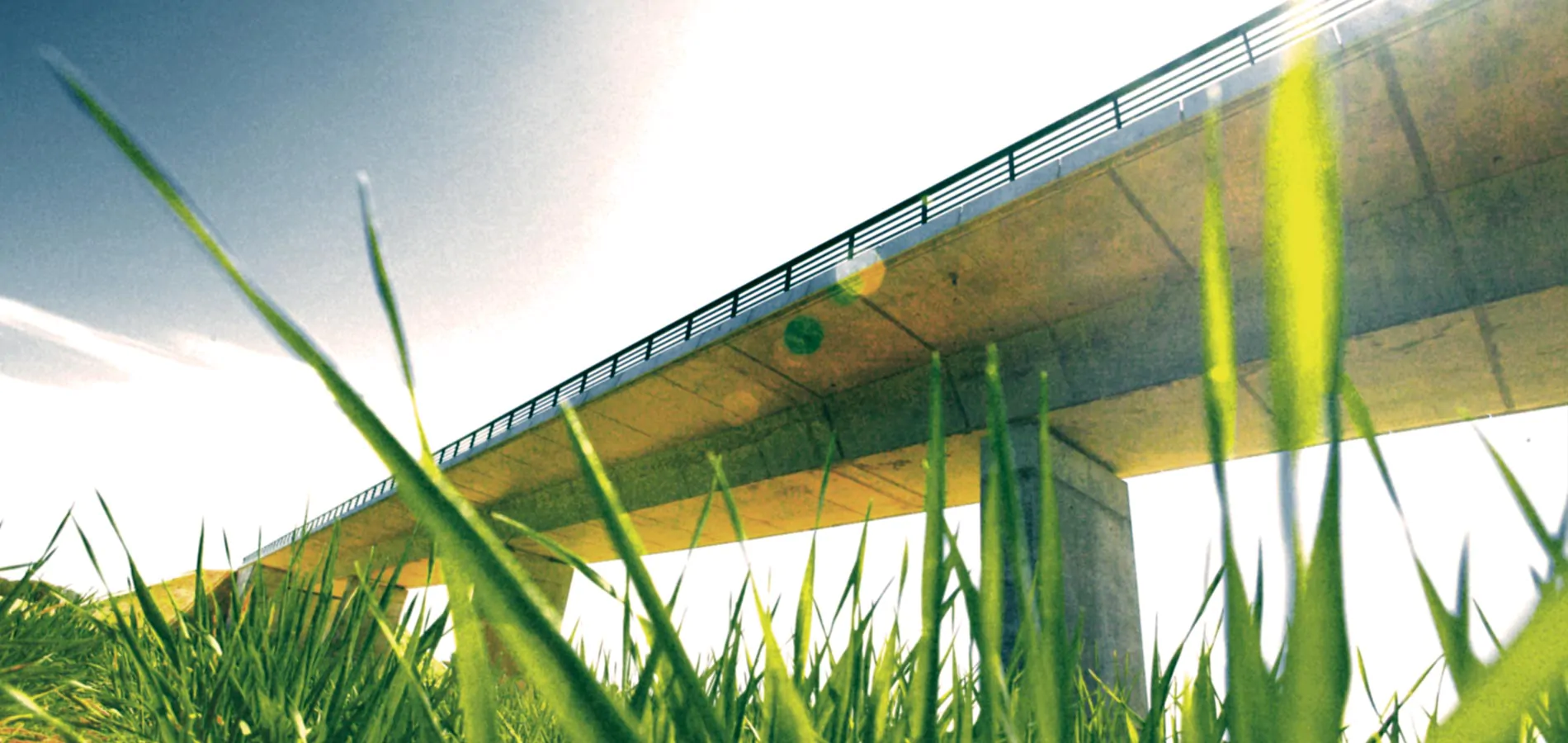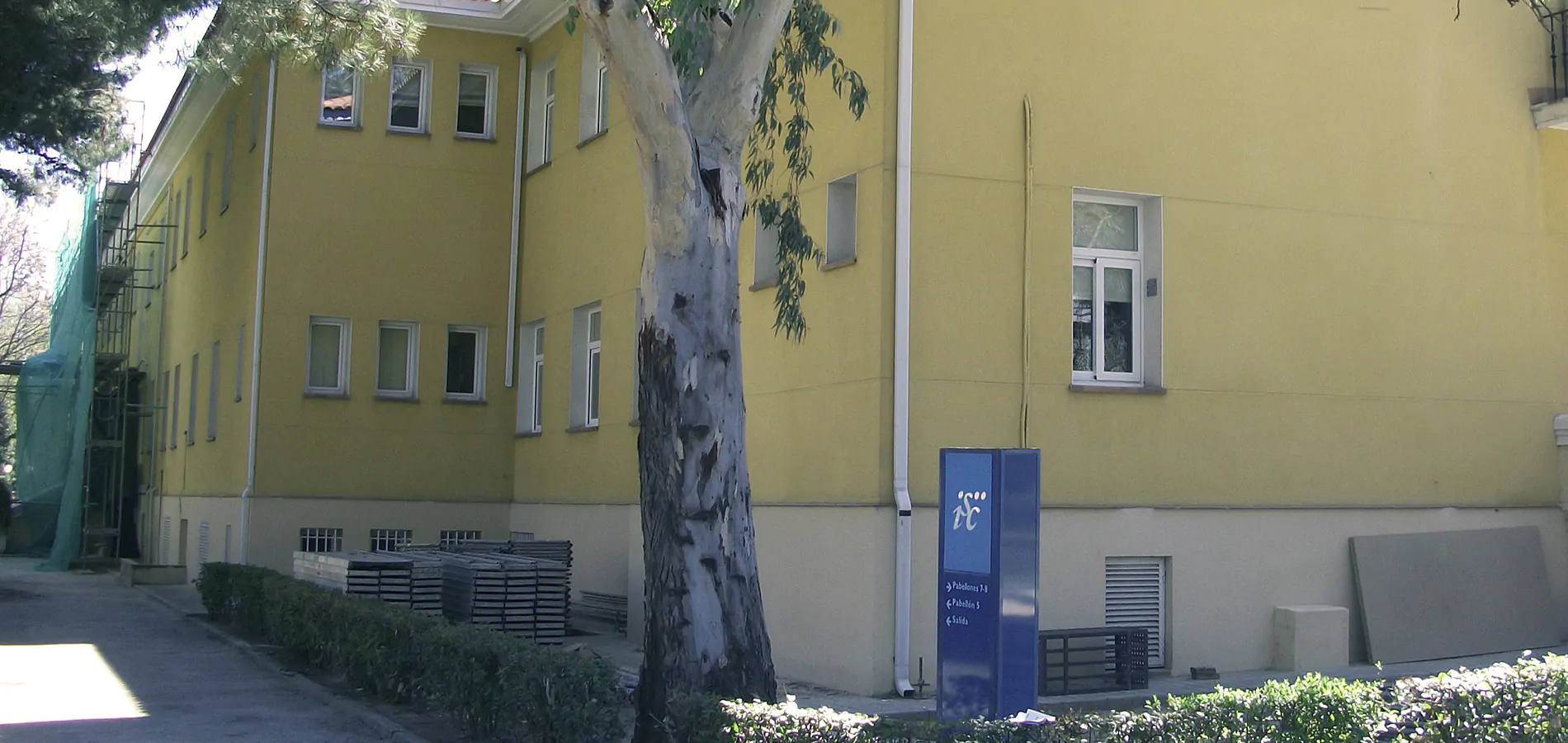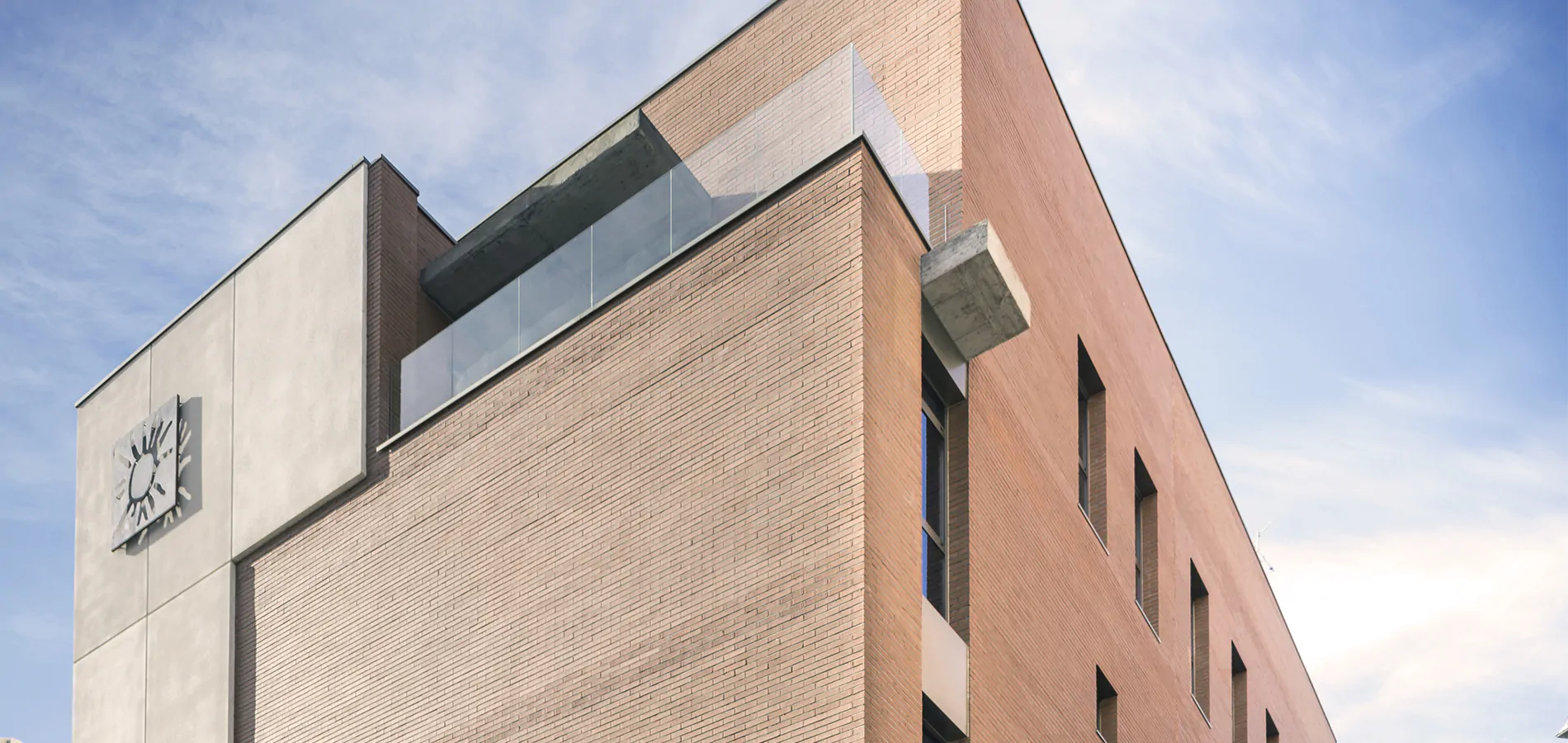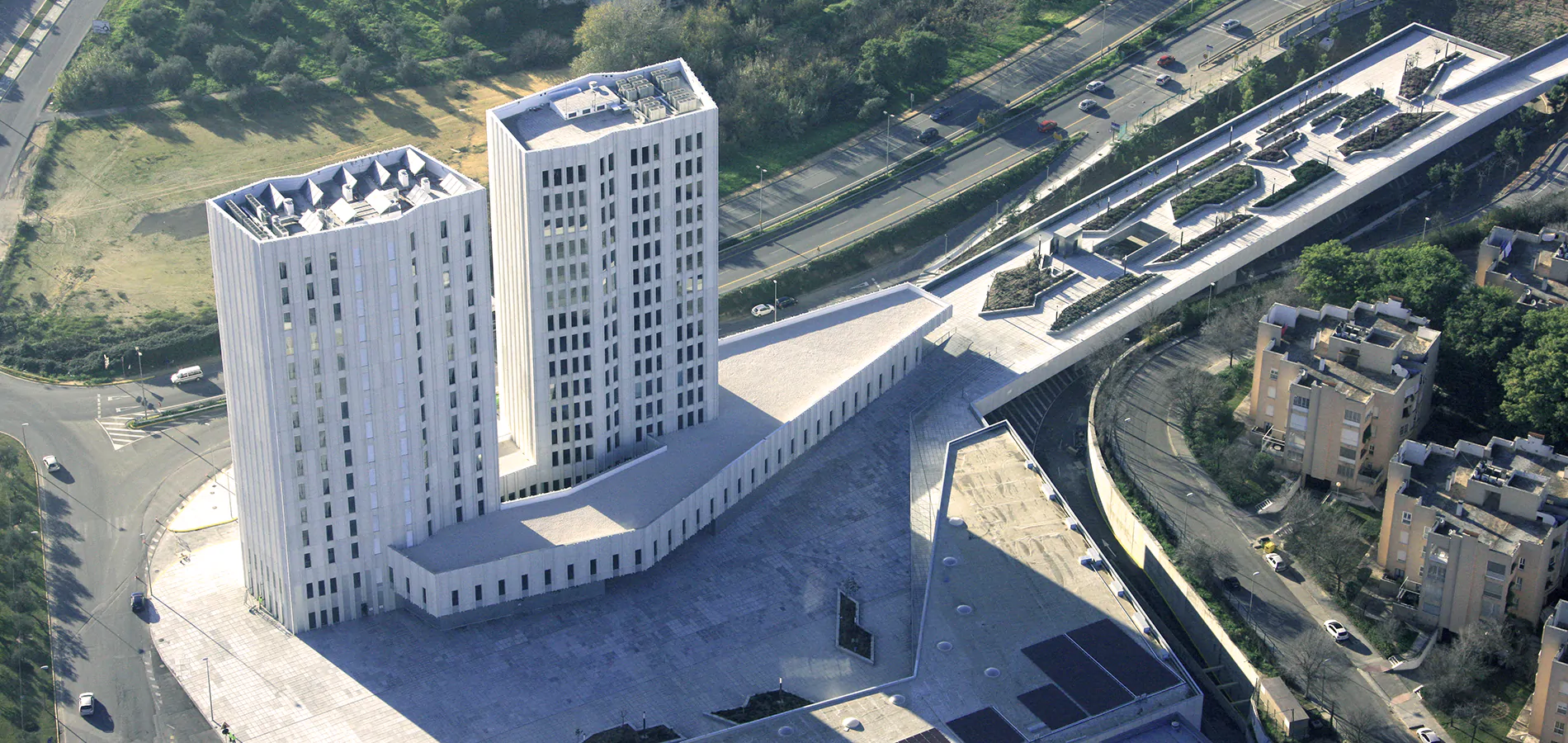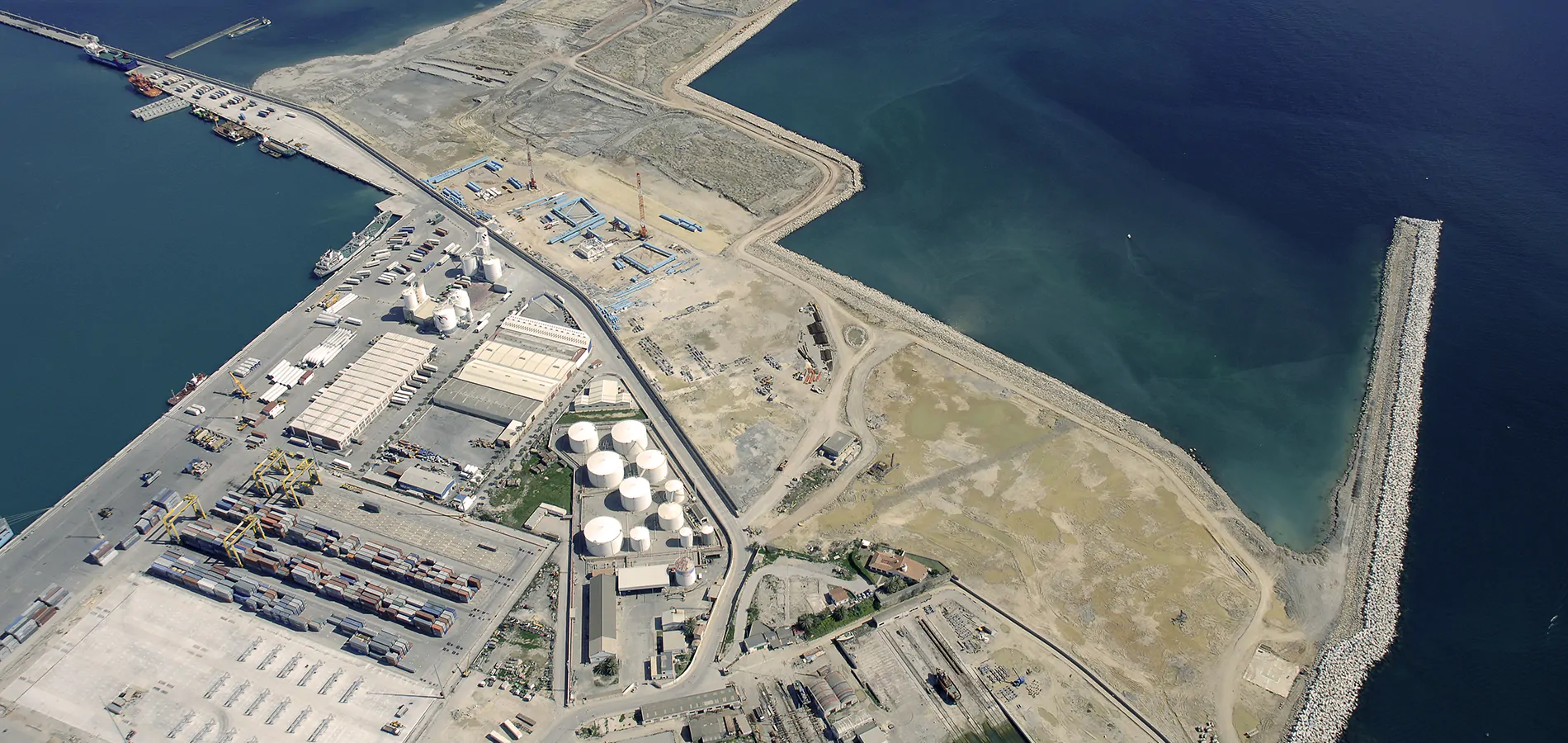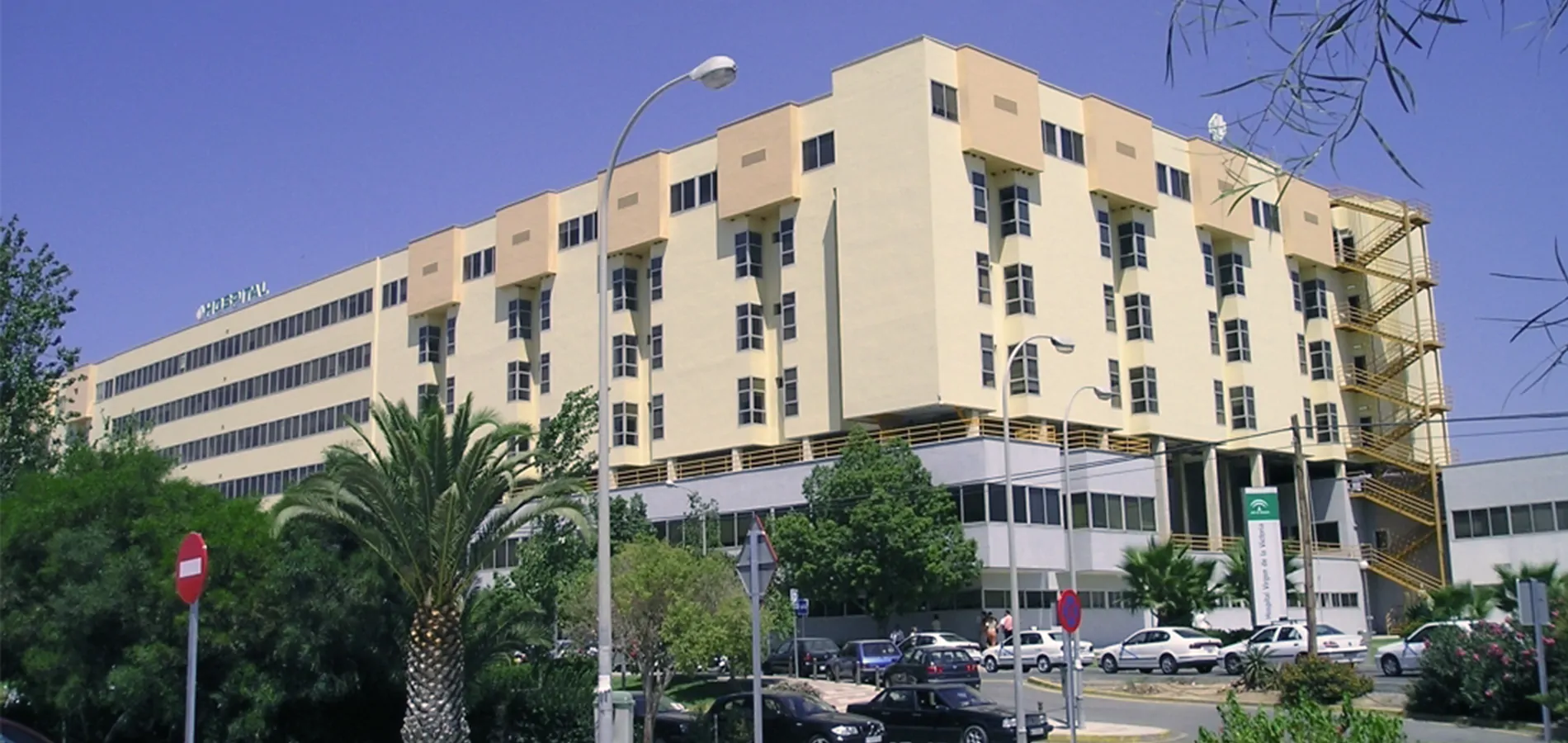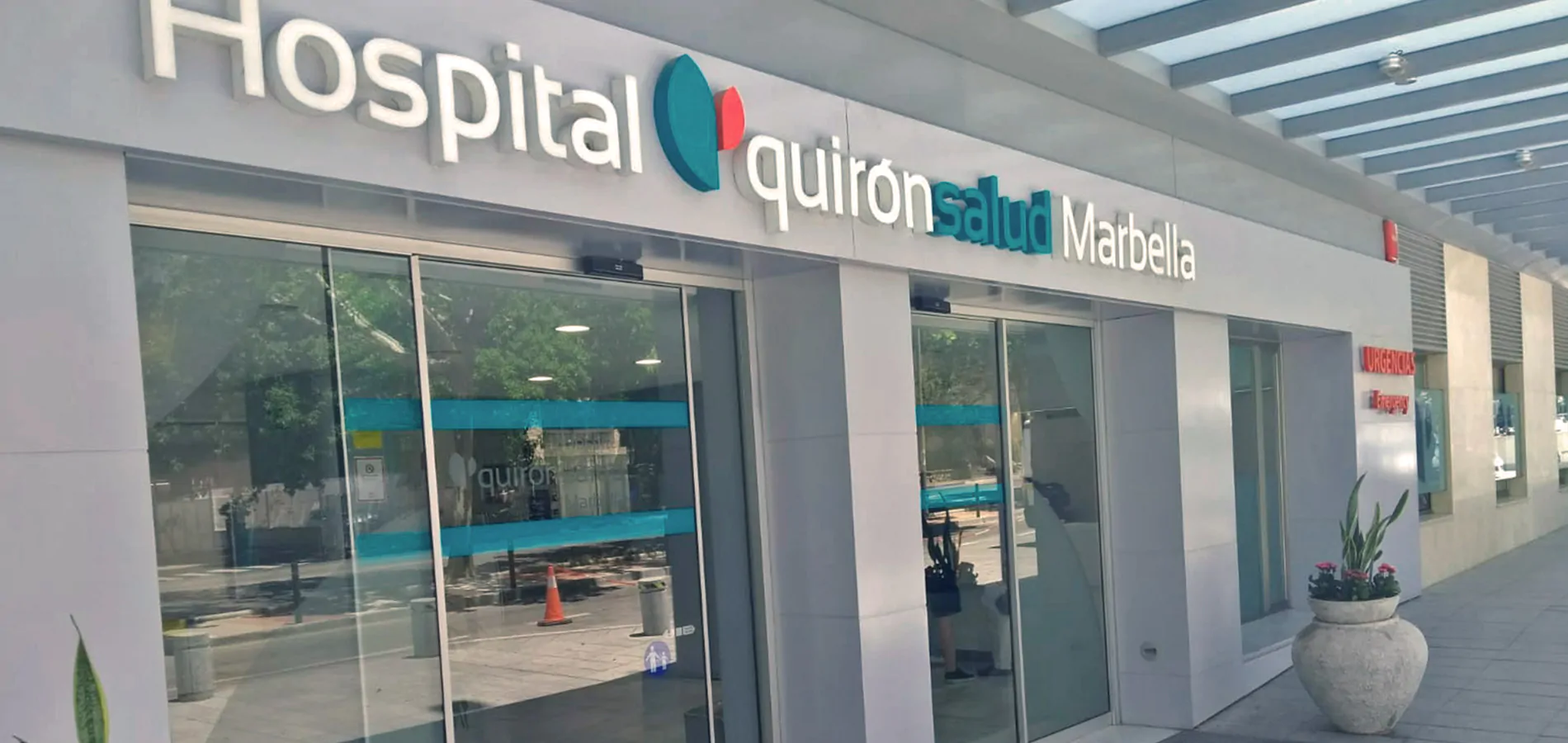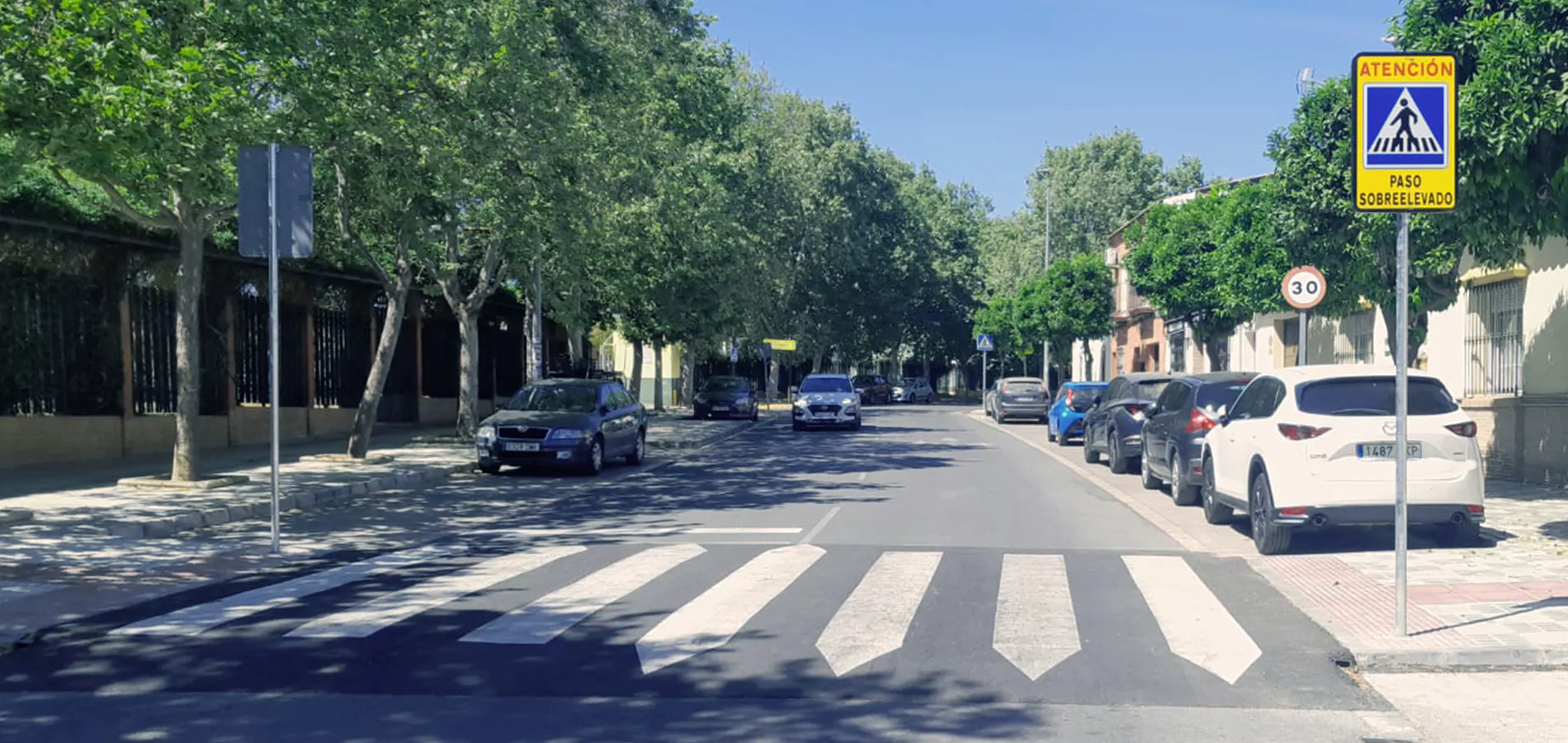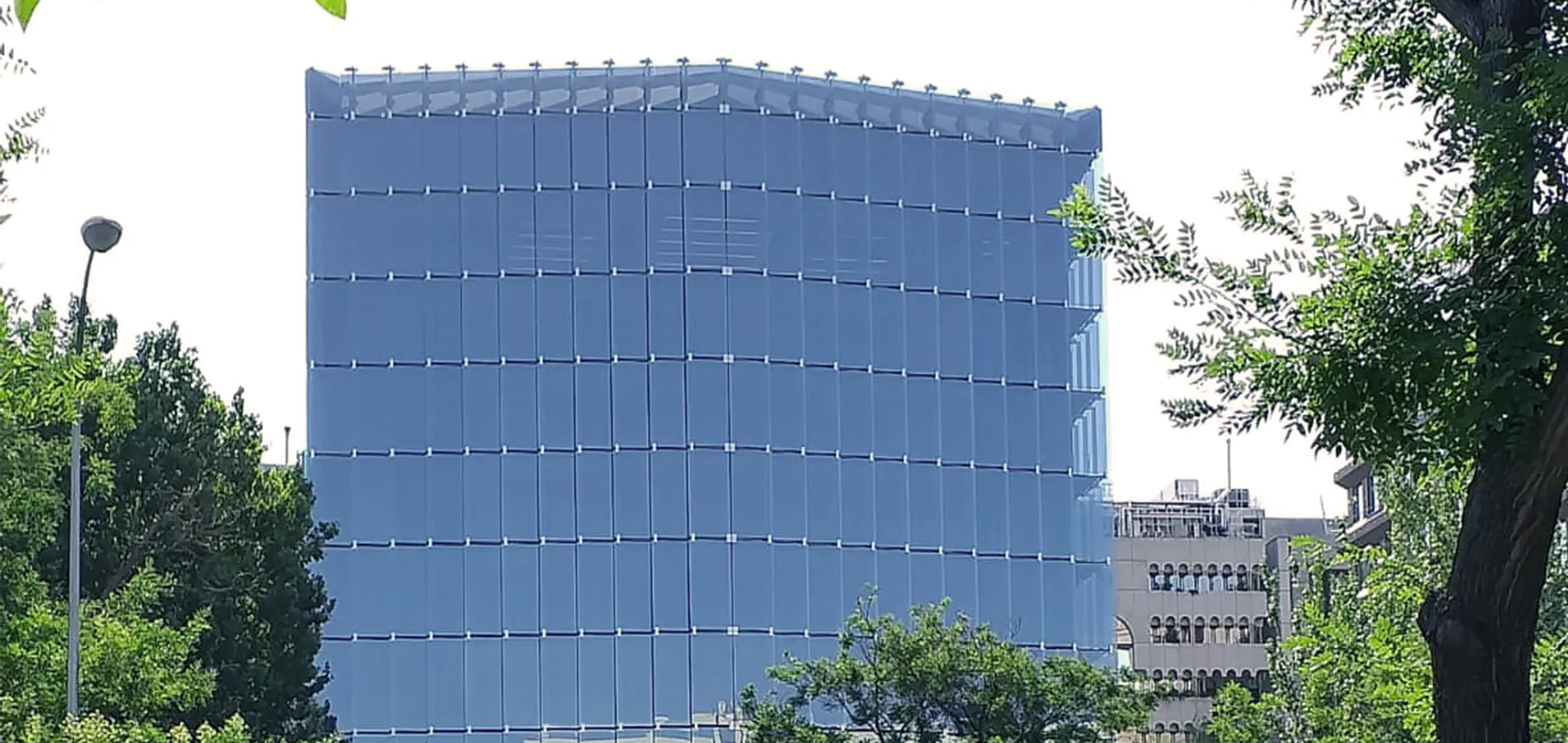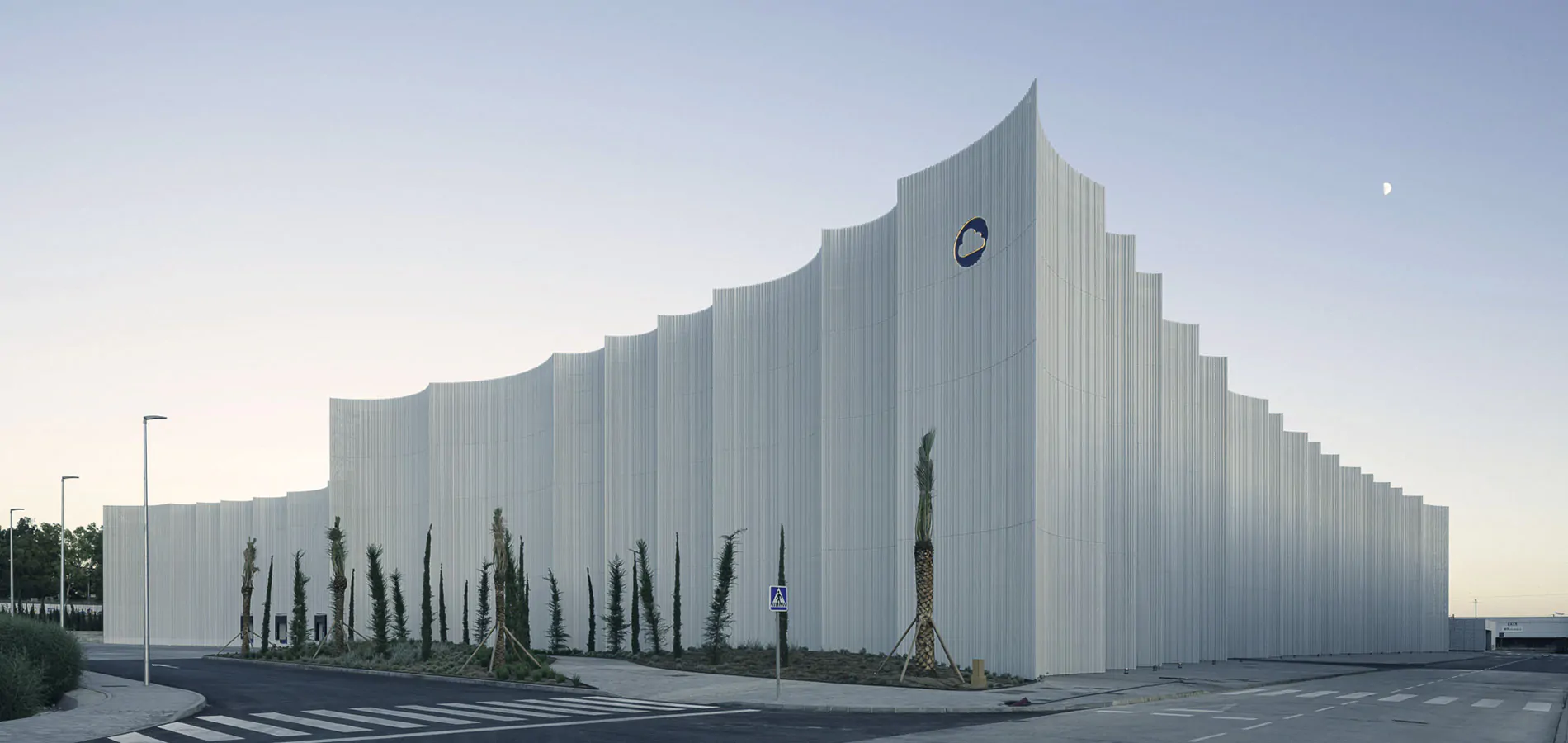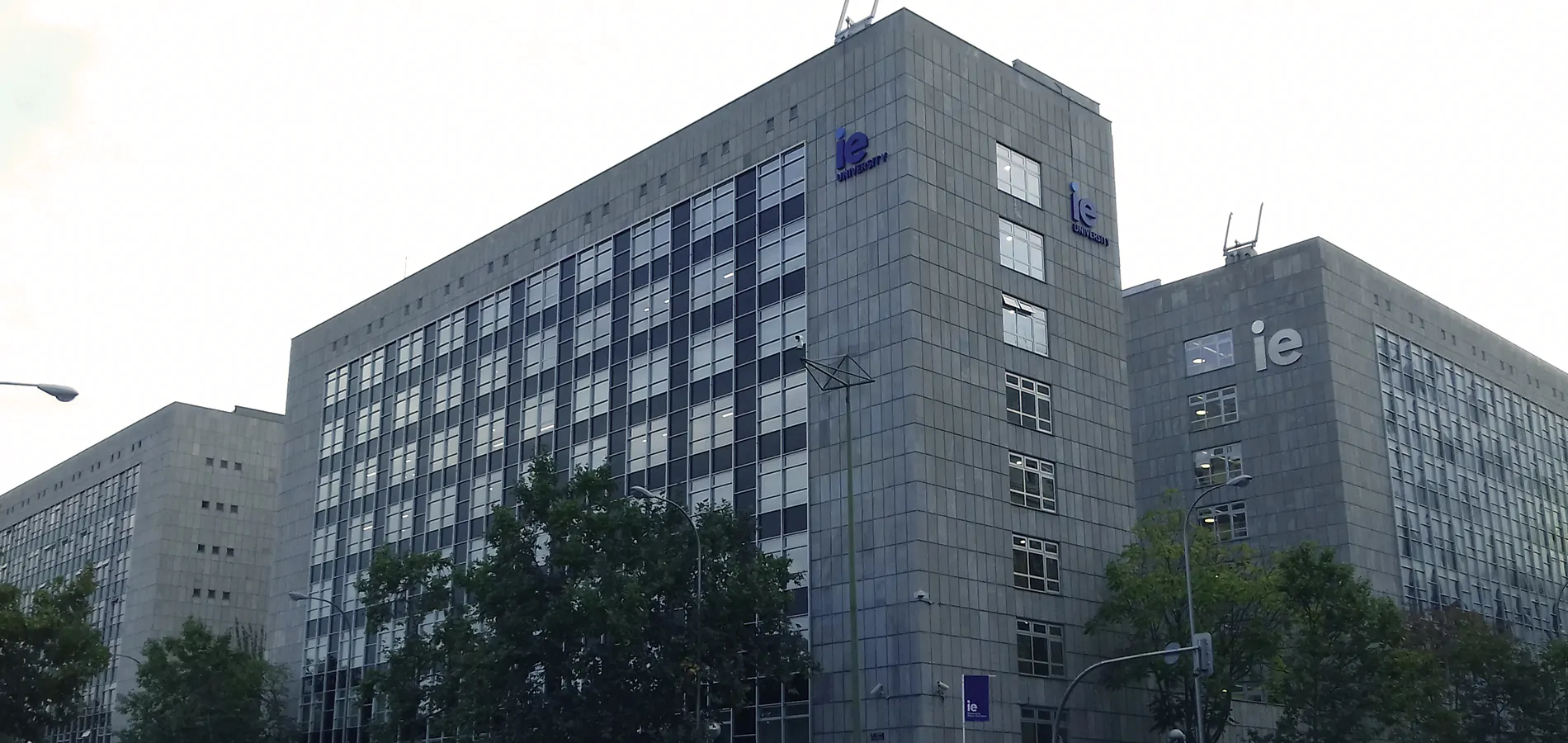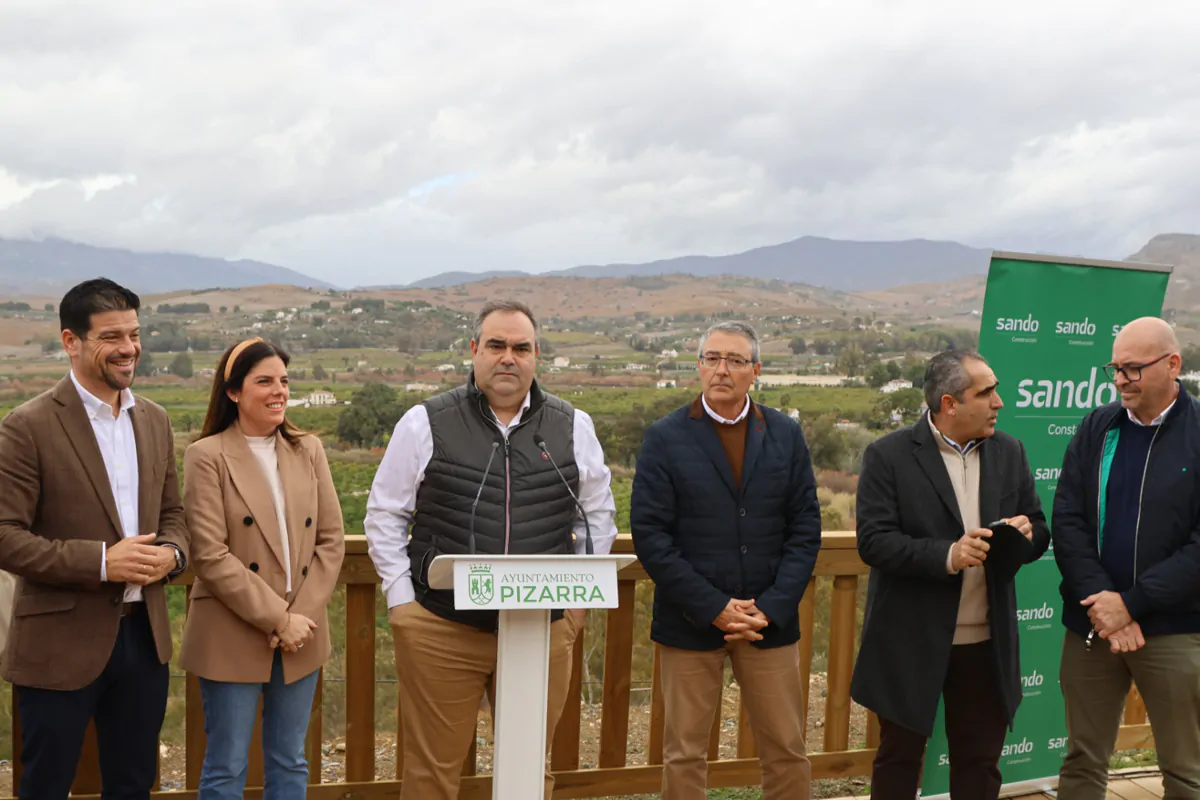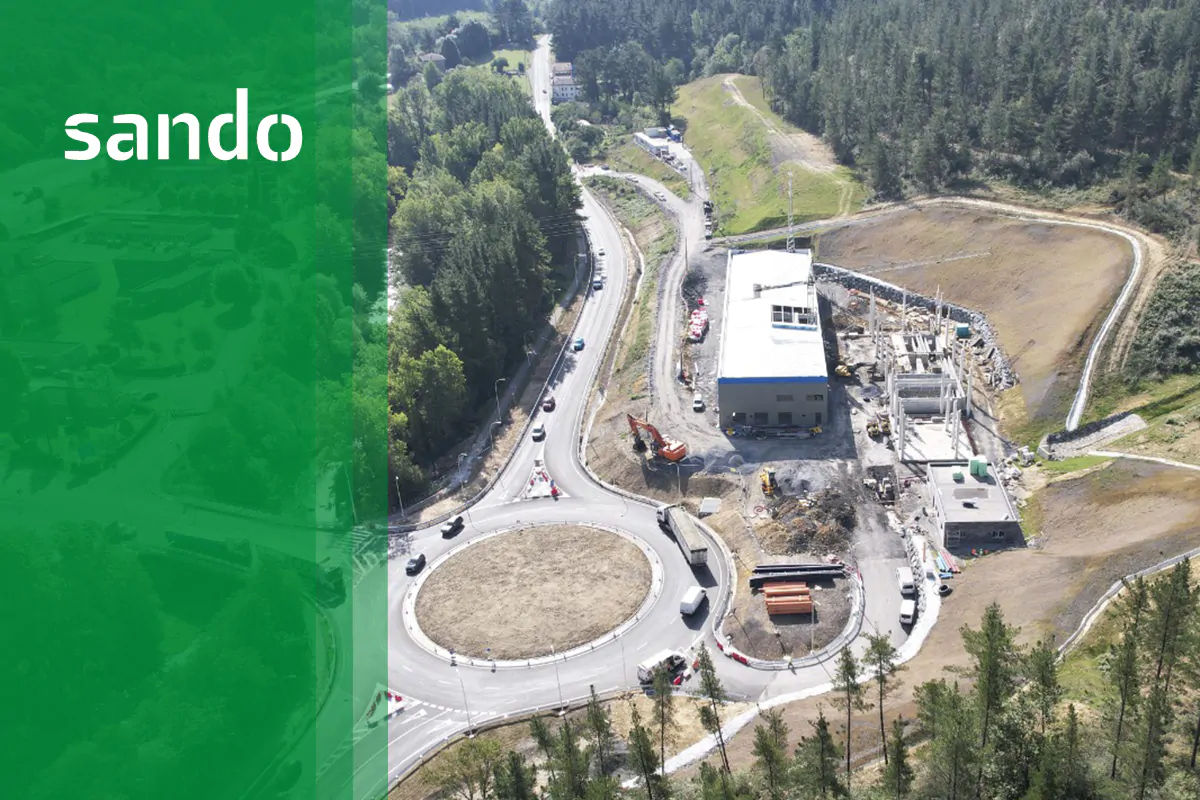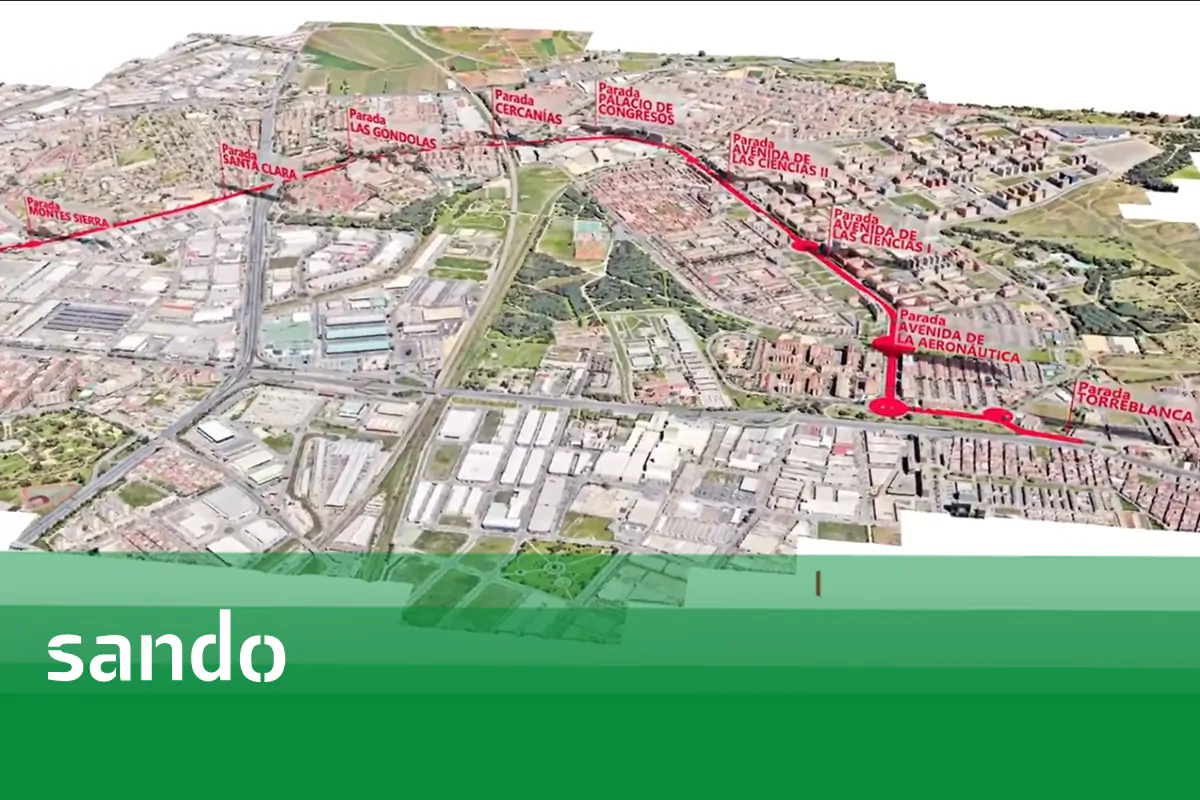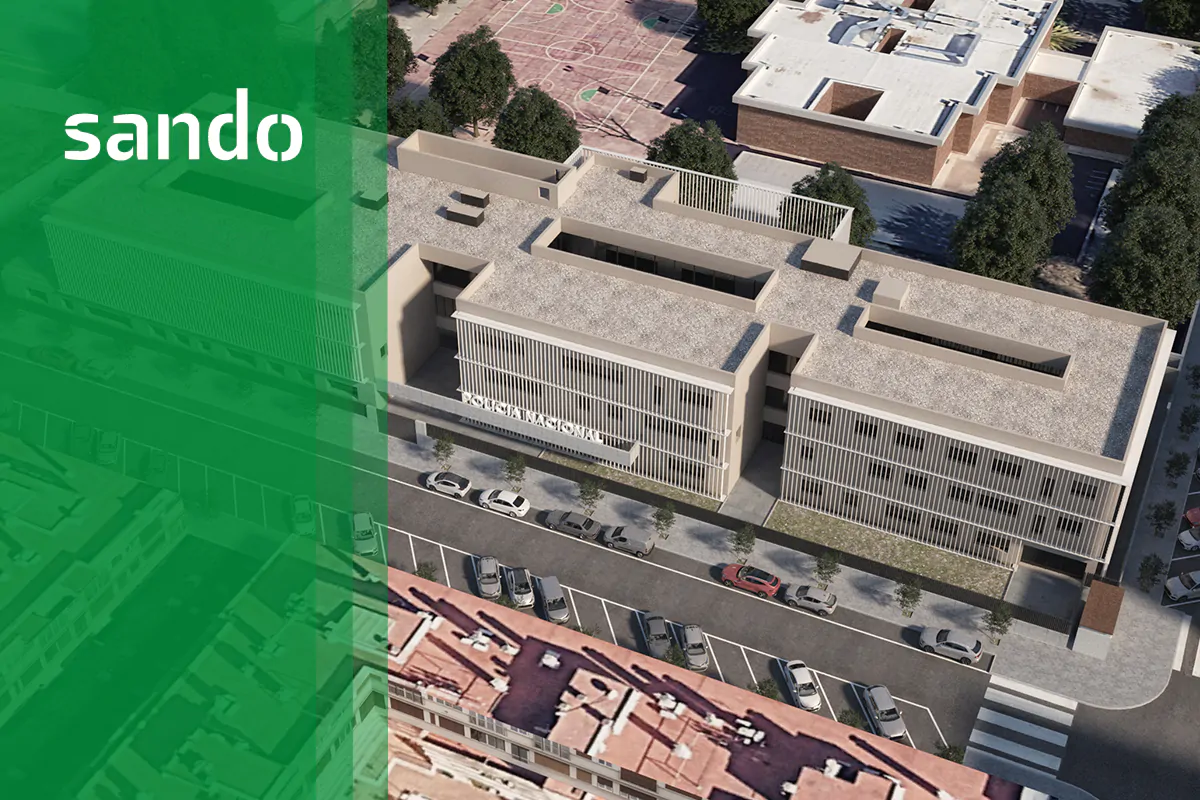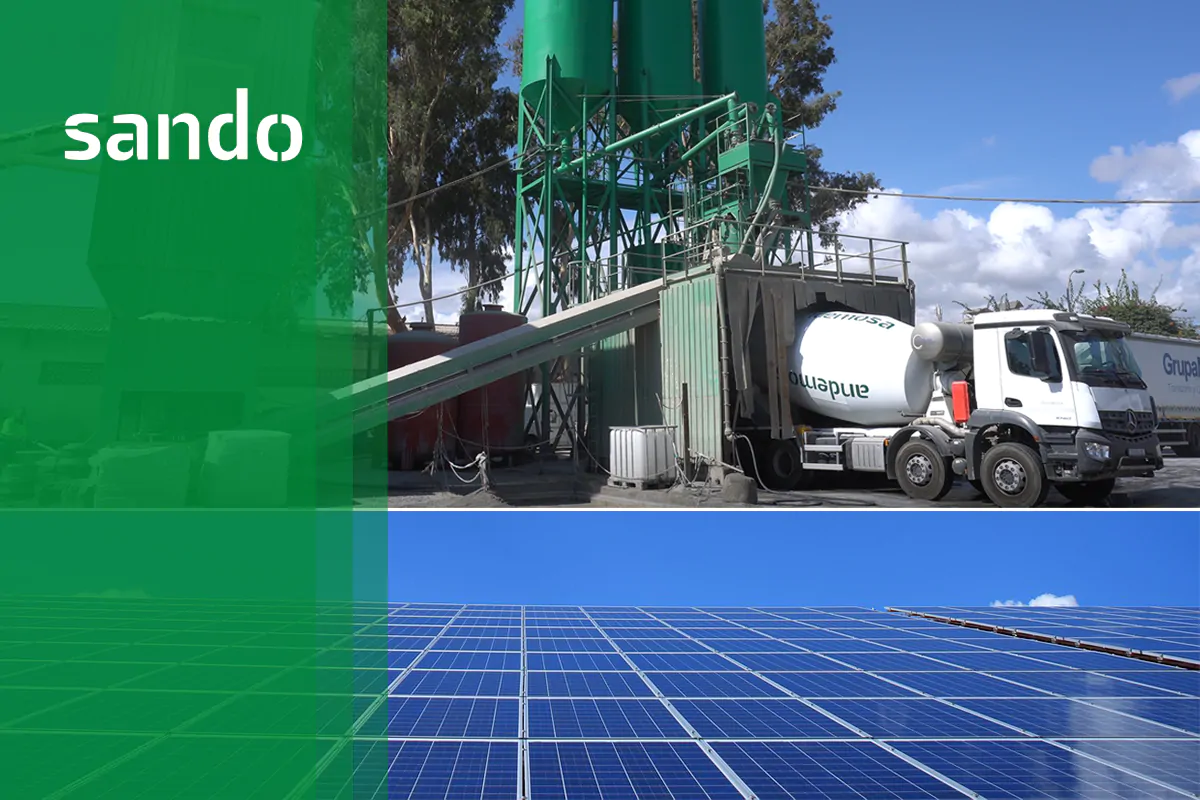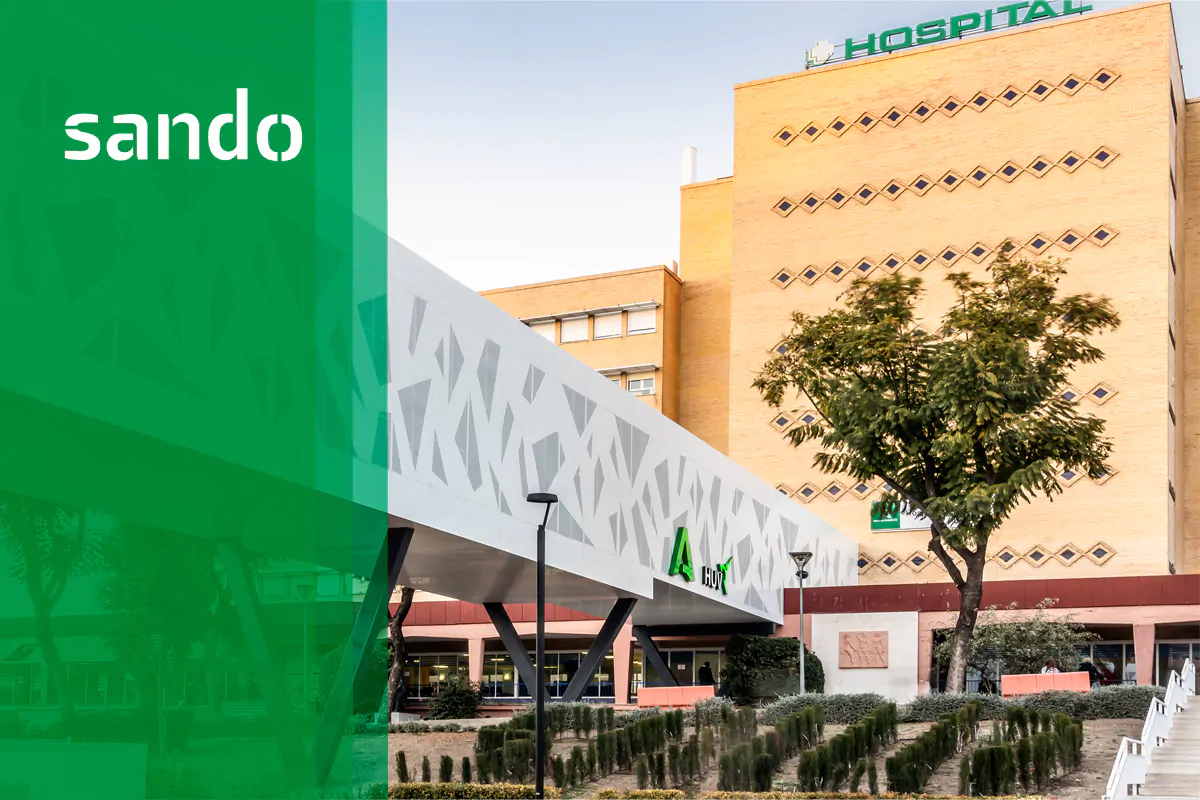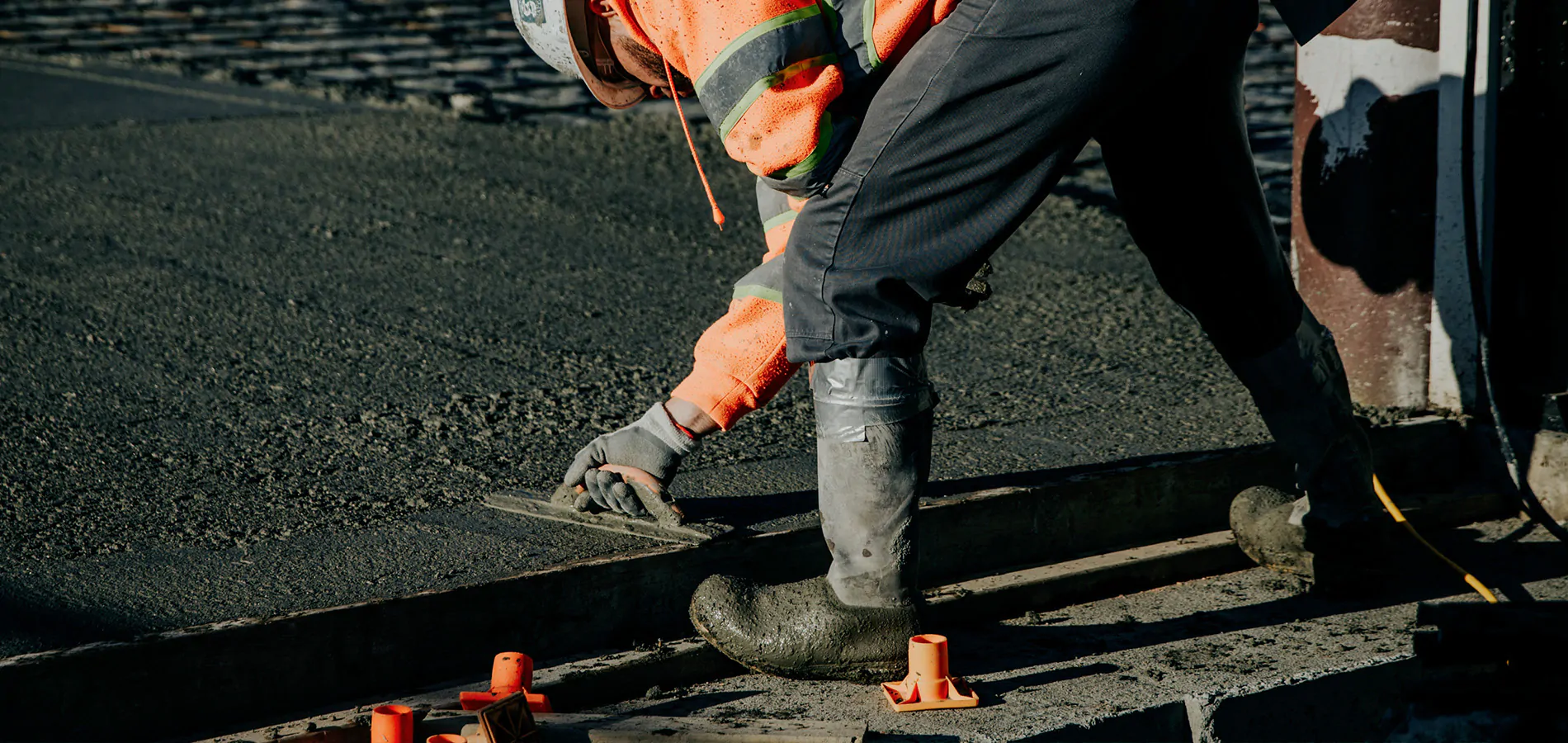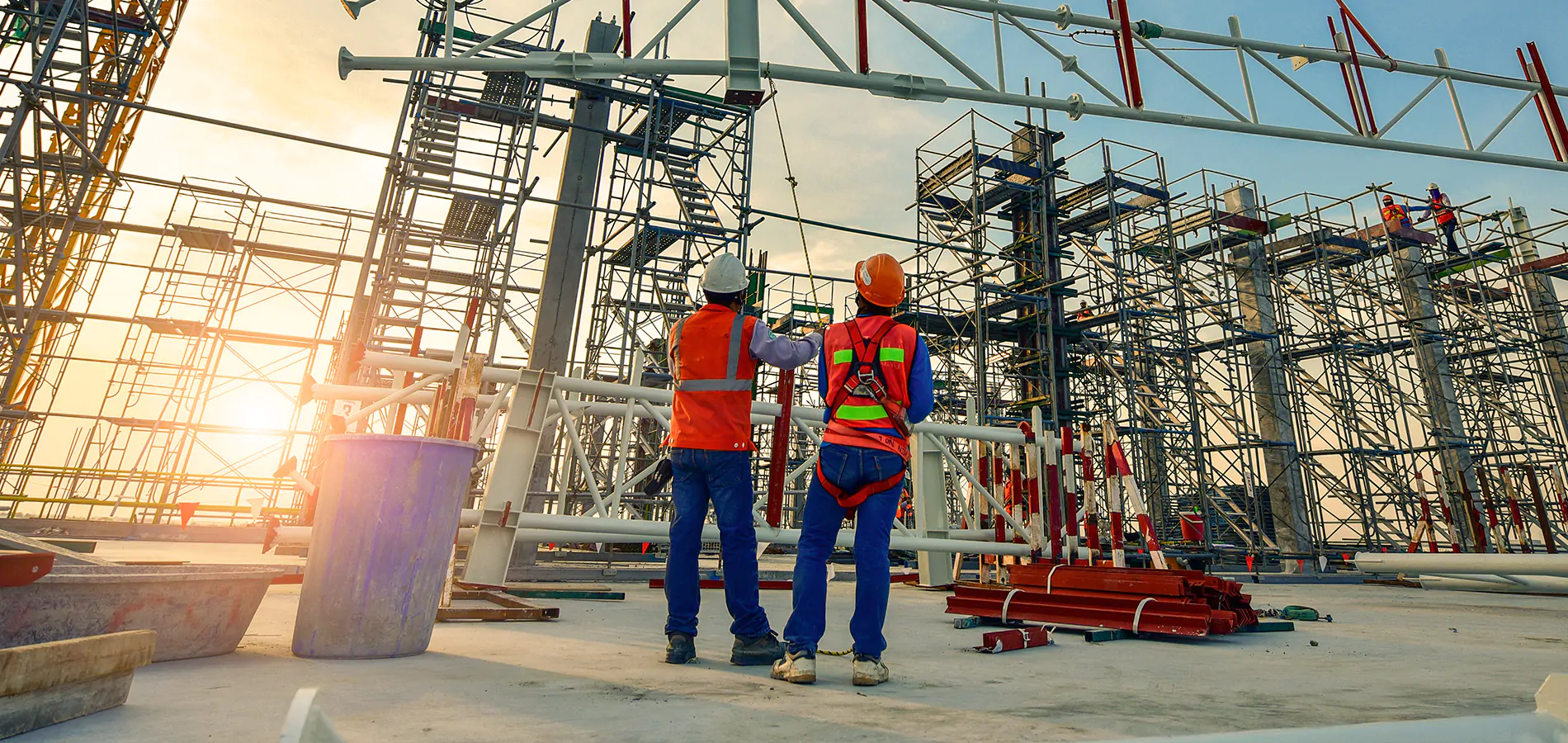The railway network comprises all the railway infrastructures that provide coverage for rail transport throughout a country’s geography and make it possible to connect territories, towns, transport, or logistics nodes.
For example, in Spain, the network has a markedly radial character with a centre in Madrid from which the lines depart to the peripheral regions. The Spanish railway network has Iberian gauge tracks (1,668 mm) on traditional railway lines, international gauge tracks (1,435 mm) on high-speed lines and metric gauge tracks (1,000 mm) on narrow gauge lines.
The active railway network mainly comprises the lines of the so-called General Interest Railway Network (RFIG) and the lines whose ownership has been transferred to the Autonomous Communities.
The construction of railways is a complex process that requires companies with sufficient experience and capacity to carry them out with the necessary guarantees of safety and quality. In the case of Sando Construcción, the company has developed railway infrastructures inside and outside the country, participating in the main lines.
Rail infrastructure consists of four elements: Track or platform substructure, track superstructure, railway equipment, stations and service roads:
- Track substructure or platform is the set of earth and masonry works necessary to build the platform on which the track superstructure rests. The construction of railway platforms involves earthworks for the construction of embankments, trenches and tunnels and the construction of structures such as bridges, viaducts, retaining walls, drainage and level crossings.
- – Track superstructure, which is the assembly consisting of rails, check rails, sleepers or, where appropriate, the ballast, ties, switches and crossings and, where appropriate, the elastic bed formed by the ballast and the other supporting or sub-ballast layers, on which the track rests.
- -Railway installationsincluding devices, apparatus, and systems enabling the railway service and the buildings housing them. Railway installations include electrification, signalling and safety and communications installations. Electrification facilities include overhead contact lines, also known as catenary, substations and power supply lines; signalling and safety facilities include systems to ensure the safe movement of trains; and communications facilities include fixed and mobile telecommunications.
- -Service roads, providing access to the track and railway facilities.
- -Stations and terminals
Railway construction projects must take into account, in the design and engineering phases, the orography of the terrain and its physical conditionsto foresee those structures that make the route of the line viable. The more rugged the terrain the line runs, the greater the number of structures (bridges, tunnels, viaducts and cut-and-cover tunnels) required. In addition, they must comply with the minimum parameters required for rail transport.
To achieve sustainability objectives in the transport sector, it is essential to build new railways, allow better penetration of rail transport in the territory, and maintain and preserve all existing rail infrastructures, guaranteeing the safety and efficiency of the network.
Generally, rail infrastructure maintenance should be carried out by companies with the necessary certifications and experience, such as Conacon Sando, which applies the results of research projects to maintenance.
